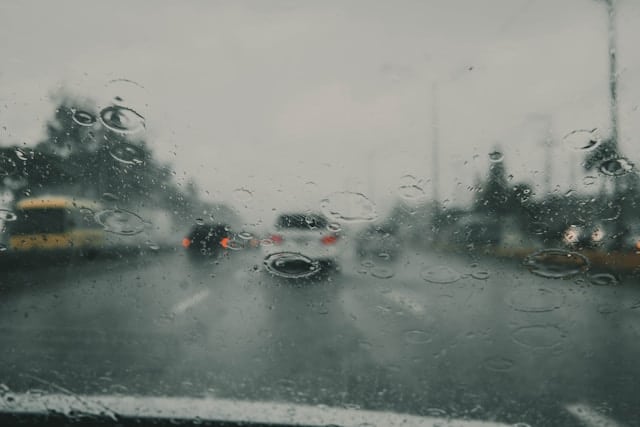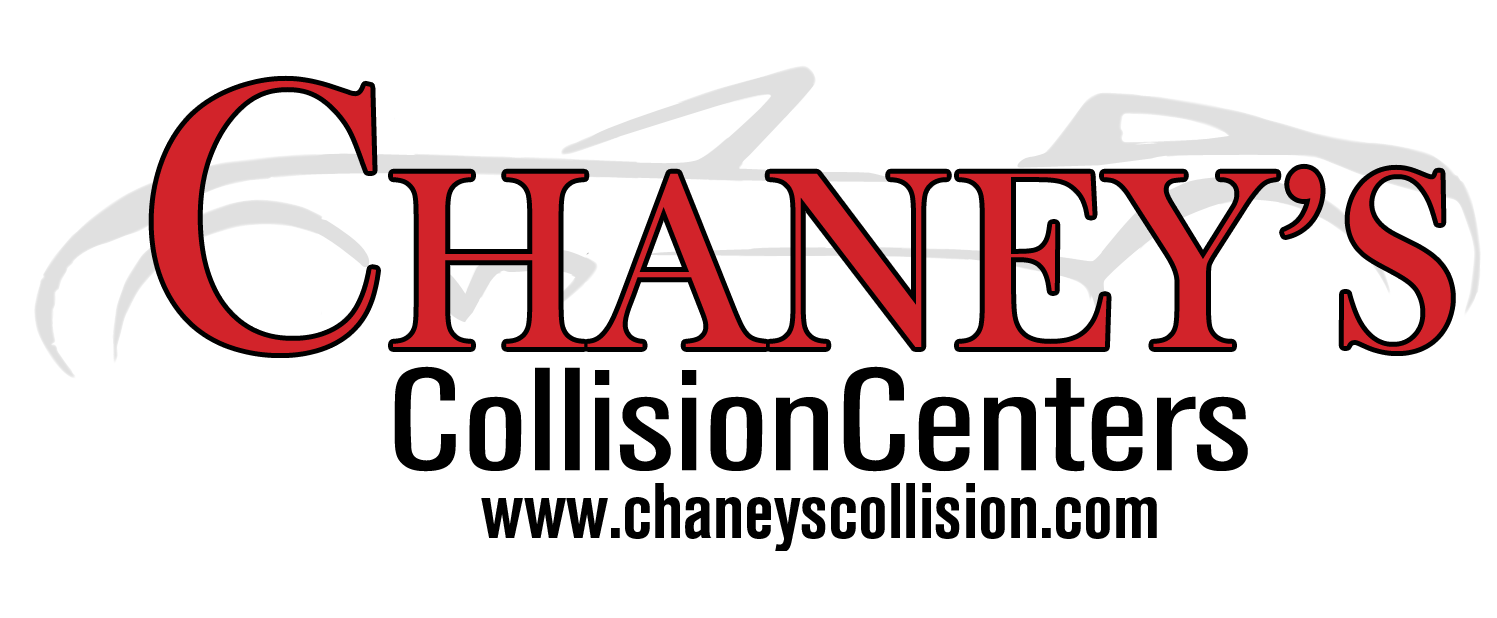What Goes Into Restoring Hail-Damaged Cars?
 A sudden hailstorm can turn a pristine vehicle into a pockmarked mess in minutes—leaving drivers frustrated and unsure of the next steps.
A sudden hailstorm can turn a pristine vehicle into a pockmarked mess in minutes—leaving drivers frustrated and unsure of the next steps.
At Chaney’s Collision Centers, we specialize in bringing hail-battered cars back to life. Here’s a behind-the-scenes look at the detailed process of restoring hail-damaged vehicles to their former glory.
Assessing the Full Extent of Damage
Restoration always begins with a thorough assessment. Experienced technicians comb over the vehicle, identifying every dent, ding, and crack. The size, depth, and number of dents, along with their locations, will determine the optimal repair strategy. A careful inspection helps spot not just surface issues but also damage that might affect the vehicle’s integrity or systems.
Paintless Dent Repair (PDR): The Gold Standard
For most hail-related dents—especially small or medium-size ones where paint isn’t broken—paintless dent repair (PDR) is the preferred method. Skilled professionals use specialized rods and tools to massage dents out from behind panels. This technique preserves the factory paint, maintains the car’s resale value, and can often be completed in a single day for light-to-moderate damage.
Key Advantages of PDR:
- No need for repainting or body fillers
- Preserves the original paintwork
- Faster turnaround and often lower cost than traditional repairs
- Environmentally friendly, as no chemicals or new materials are needed
Addressing Tricky Spots: Glue Pulling and Partial Disassembly
Not all dents are easily accessible from behind. Roof edges, pillars, and intricate body lines may require innovative techniques. Adhesive tabs (glue pulling) and specialized slide hammers enable technicians to pull dents out from the exterior without damaging paint. Sometimes, interior panels, lights, or even trim pieces must be gently removed to gain access—demanding patience and precision.
Traditional Repairs for Severe Damage
In cases with cracked paint, sharp creases, or deeply stretched metal, traditional bodywork methods come into play. These steps may include:
- Filling and sanding damaged areas to restore smooth contours
- Priming and repainting panels to match the original finish
- Occasionally replacing panels if dents are too severe or paint is beyond repair
This approach, though time-consuming and more expensive, is essential to maintaining safety and structural strength when PDR is not possible.
Comprehensive Quality Checks
After repairs, quality control is critical. Technicians inspect every inch for missed dents, mismatched paint, or subtle imperfections. Reassembly follows—returning interior panels, trim, and electronics to their proper places. The final steps include a detailed cleaning and a final polish, so the vehicle looks showroom-new once again.
Insurance and Customer Support
Navigating insurance claims is often part of the hail repair journey. Chaney’s Collision Centers works directly with insurers, providing detailed damage reports, estimates, and regular updates to ensure transparency and peace of mind throughout the process.
Why Professional Hail Restoration Matters
Restoring hail-damaged vehicles is as much about expertise as it is about care. Proper repair protects resale value, ensures safety, and erases every trace of the storm. At Chaney’s Collision Centers, our combination of skilled technicians, advanced tools, and customer-first service guarantees your car is returned in top condition—ready for the road and whatever weather comes next.

